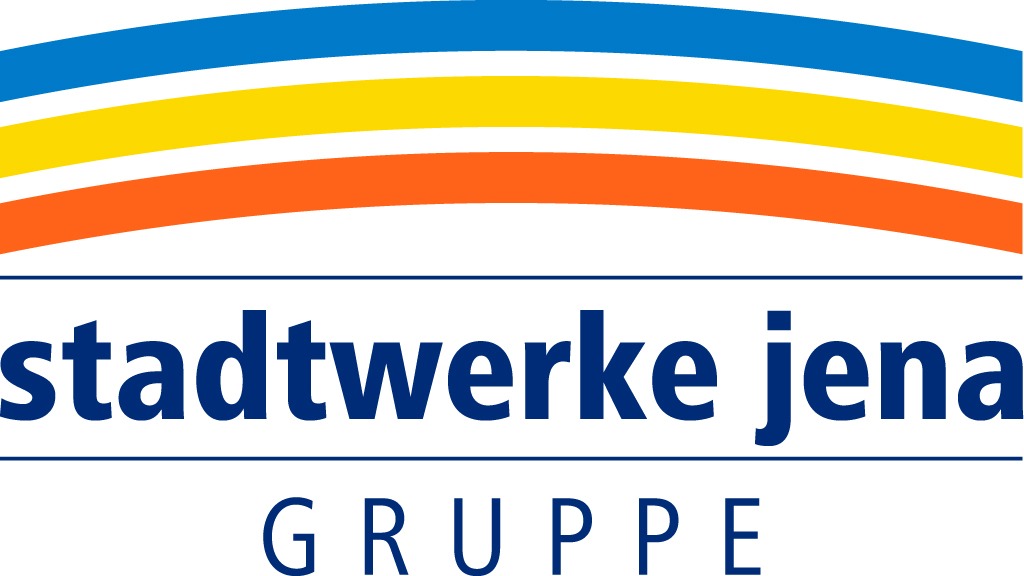The Last Common Hamsters (2024)
4.3 million square kilometers – that is the size of the European Union. About 40 % are used for agriculture. This land is not only the foundation for our food supply, but also wildlife habitat. However, we are facing a critical loss of biodiversity. As a synanthropic species the common hamster was only able to propagate on the basis of agriculture. Today it is critically endangered around the world. Just like one million other species.
The film “The Last Common Hamsters” will educate and inspire, likewise. It is supposed to create awareness about the species and to enable critical thinking. The film shows the negative impact of modern agriculture and explains why the protection of the hamster is supporting biodiversity.
The project development was funded by the Thuringian state chancellery. This enabled us to produce a trailer, to write a script, to make contacts to conservationists, scientists and farmers, as well as to identify areas with hamsters in our region. We also developed methods and required the equipment to film hamsters at night and in their natural burrow. In 2021, we successfully collected 5.040 Euro in a crowdfunding campaign.
Learn more about the Common hamster and the film on our project website: https://www.feldhamster.eu/en/
Director: David Cebulla
Genre: Naturefilm
Length: 1 hour 57 minutes
First shooting session: from April till October 2021
Second shooting session: from April 2022 till October 2022
Planned release: 2024
Funding
The Thuringian State Chancellery funded the project development phase in 2020. The financing of the first shooting session in 2021 was supported by a crowdfunding campaign and the Stadtwerke Jena Group as well as the Thuringian Ministry of the Environment. The second shooting session in 2022 was funded by the Thuringian State Chancellery. We would like to thank all supporters of the crowdfunding campaign and the funders of the project:



We would like to thank EOX IT Services GmbH for the permission to use their satellite images in our animations. This allows us to illustrate the distribution and decline as well as the occurrence of individual genetic lines of the European hamster.
